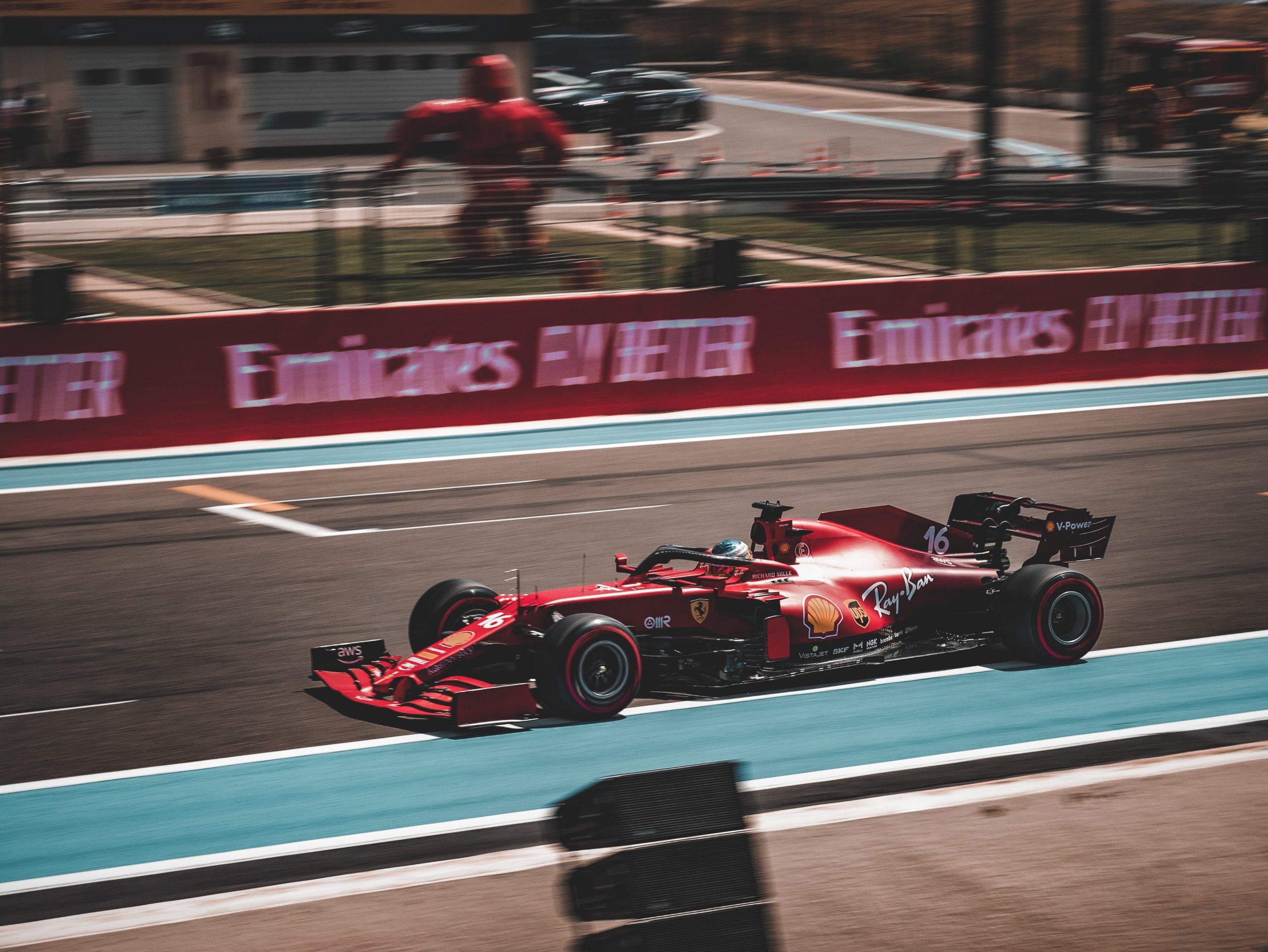Formula 1, the epitome of motorsport, has enthralled millions of fans worldwide with its blend of high-speed drama and technical excellence. Throughout its rich history, F1 has been shaped by legendary drivers who have left an indelible mark on the sport. From Juan Manuel Fangio’s dominance in the early years to Lewis Hamilton’s record-breaking achievements in the modern era, Formula 1 has evolved into a global phenomenon that continues to captivate audiences. The article below will take you for a quick ride through each F1 period. So buckle up, and let’s get started!
The early years: The rise of Juan Manuel Fangio
In the 1950s, Formula 1 began its journey, and Juan Manuel Fangio emerged as a true maestro of the sport. Fangio’s exceptional skills behind the wheel led him to clinch an unprecedented five World Championships, establishing him as a driving force in F1’s development. This era was characterised by thrilling rivalries and heart-stopping moments, where every race was a battle of skill, courage, and sheer determination.
The swinging sixties: British Invasion and technological advancements
The swinging sixties witnessed the rise of British racing talent, with names like Jim Clark and Graham Hill taking centre stage. Their contributions to the sport were not limited to their exceptional driving abilities but also extended to technological advancements. Wings and rear-engine designs revolutionised Formula 1, propelling the cars to new levels of speed and agility. The sport’s popularity spread across continents as races began to take place in previously untapped regions.
The golden age: Ayrton Senna and Alain Prost
The 1980s and 1990s brought about an era of fierce rivalry between Ayrton Senna and Alain Prost. Senna’s unparalleled driving skills and three World Championships made him a revered figure in Formula 1. Meanwhile, Prost’s calculated and strategic approach to racing resulted in intense battles with Senna, culminating in some of the most iconic moments in the sport’s history. Their rivalry captured the imagination of fans and showcased the unparalleled drama that F1 had to offer.
The modern era: Michael Schumacher’s dominance
Michael Schumacher’s arrival ushered in a new era of dominance in Formula 1. His record-breaking seven World Championships and relentless pursuit of victory solidified his status as one of the most significant drivers of all time. The modern era was characterised by significant technological advancements and rule changes, with F1 teams pushing the boundaries of engineering and aerodynamics to gain a competitive edge.
The reign of Lewis Hamilton: Breaking barriers and creating history
In recent years, Lewis Hamilton has taken Formula 1 to new heights. With his exceptional talent, Hamilton has rewritten the record books, securing an impressive seven World Championships. However, his impact extends far beyond his on-track achievements. Hamilton has used his platform to advocate for diversity and inclusion in the sport, challenging the status quo and becoming a trailblazer both within and outside F1.
The rise of dominant teams: Red Bull, Mercedes, and Ferrari
Throughout Formula 1’s history, specific teams have risen to dominance, leaving an indelible mark on the sport. Red Bull Racing had a phenomenal run from 2010 to 2013, securing four consecutive World Championships with Sebastian Vettel at the helm. Their innovative designs and relentless pursuit of excellence cemented their status as a force to be reckoned with.
As the online slots in PayPal casinos have evolved in recent years, the Mercedes-AMG Petronas Formula One Team has been the epitome of success. Led by the exceptional talent of Lewis Hamilton, they have rewritten the record books, clinching multiple championships and setting new benchmarks. Their dominance on the track and meticulous approach to engineering have propelled them to the forefront of F1.
Ferrari, one of the most storied teams in the sport’s history, has also left an indelible mark. With a rich legacy and a pursuit of success ingrained in their DNA, Ferrari has consistently pushed the boundaries of innovation and performance.
Safety innovations: From tragedy to transformation
Safety has always been a paramount concern in Formula 1, and over the years, the sport has undergone a remarkable transformation in terms of safety innovations. Unfortunately, tragic accidents and incidents have been catalysts for significant improvements. The deaths of Ayrton Senna and Roland Ratzenberger in 1994 shook the sport to its core and prompted deep introspection.
In response to these tragedies, F1 implemented crucial safety measures. For example, introducing the Head and Neck Support (HANS) device revolutionised driver safety, reducing the risk of severe head and neck injuries. Cockpit protection was also enhanced with improved crash structures and reinforced monocoques. Besides, stricter safety regulations were put in place to ensure the highest standards of driver protection.
Post-2020: Era of resilience and adaptability
The post-2020 era presented unprecedented challenges for Formula 1 due to the global COVID-19 pandemic. However, the sport showcased remarkable resilience and adaptability. F1 managed to keep the racing calendar alive by meticulously planning and implementing necessary safety protocols. Closed-door races, biosecure bubbles, and revised scheduling were just some of the innovative measures undertaken to ensure the safety of all involved.
The shift towards sustainable racing
Recognising the importance of sustainability, Formula 1 has made significant strides in adopting greener technologies. Introducing hybrid power units, pursuing carbon neutrality, and exploring sustainable fuels demonstrate the sport’s commitment to environmental consciousness. However, F1 is not just about pushing the limits of performance; it is also about shaping the future of sustainable racing.
Embracing eSports and digital engagement
Formula 1 has fully embraced the rise of esports and virtual racing, engaging with a wider audience and embracing digital platforms. Virtual competitions, such as the F1 Esports Pro Series, have provided fans with a new level of interactive participation. Besides, social media strategies, digital platforms, and immersive experiences have brought F1 closer to its fans, revolutionising how people engage with the sport.
Conclusion
As we delve into the remarkable history of Formula 1, we witness the evolution of a sport that has captured the imagination of millions. From the early dominance of Fangio to the modern-day achievements of Hamilton, F1 has grown and transformed, but its essence remains the same—thrilling races, remarkable drivers, and technical innovations. As new talents emerge, sustainability takes centre stage, and digital engagement evolves, Formula 1 is poised to continue captivating fans and inspiring future generations.
















